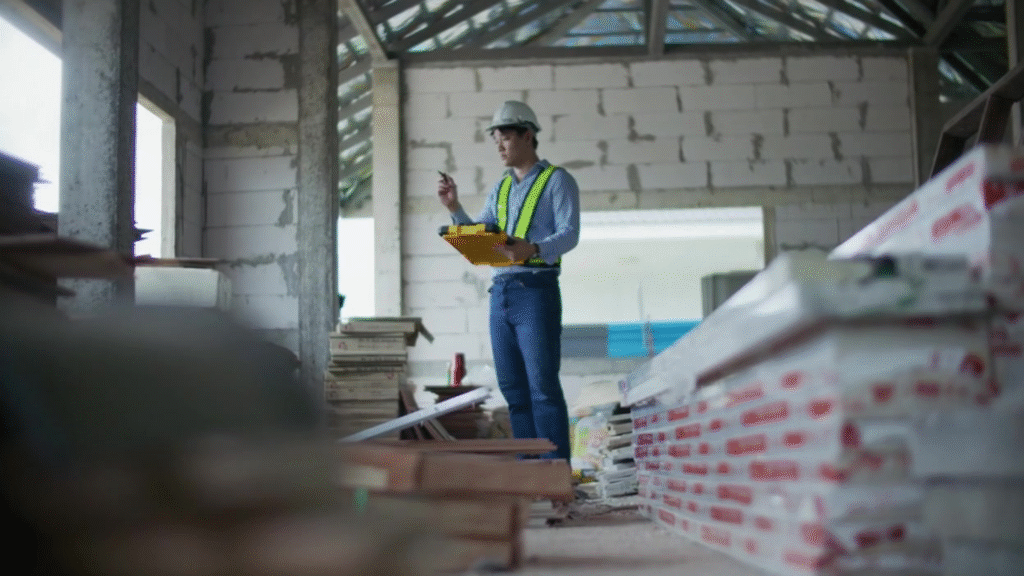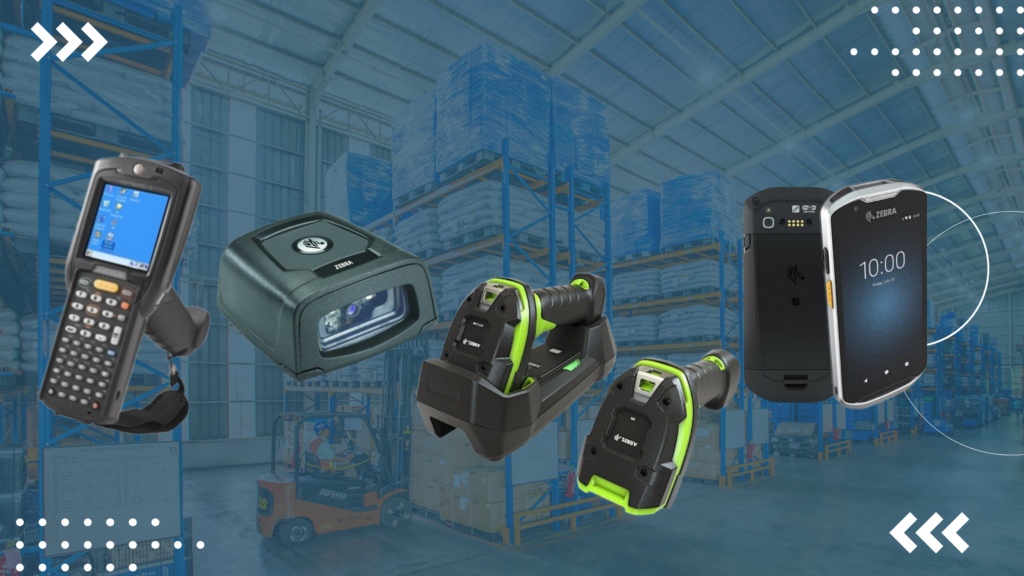Accurate inventory data is essential for every part of your construction business, from bidding and scheduling to purchasing and job costing. Inaccurate counts can lead to costly delays, duplicate orders, and idle crews waiting for materials to arrive.
Worse, manual cycle counting consumes hundreds of hours annually and still produces errors. Construction companies automating their cycle counting process with barcode technology see dramatic improvements in accuracy, efficiency, and profitability.
The Hidden Cost of Poor Inventory Management
Most construction companies don’t realize how much inaccuracy costs them. When inventory discrepancies go undetected, the consequences ripple through your entire operation. Project delays happen when materials are “in stock” but can’t be located. Crews sit idle waiting for emergency orders. Cash flow gets tied up in materials that don’t exist in your books. Shrinkage from theft, damage, or misplacement eats into margins silently.
Cycle counting solves this by catching discrepancies early and maintaining real-time inventory accuracy. The question isn’t whether you can afford cycle counting—it’s whether you can afford not to do it.
Five Key Benefits of Cycle Counting
1. Better Material Availability Cycle counting ensures you always know what materials are in stock, where they’re located, and when to reorder. This means fewer project delays and smoother coordination between your warehouse, suppliers, and job sites. When your teams can find materials quickly, crews stay productive instead of idle.
2. Reduced Waste and Shrinkage Construction sites experience significant material loss from theft, damage, and misplacement. By performing frequent spot-checks, discrepancies are caught before they become costly write-offs. This accountability reduces shrinkage and protects your bottom line.
3. More Accurate Financial Data Cycle counting keeps your books aligned with reality. For companies using inventory-integrated accounting systems, accurate inventory values translate to cleaner balance sheets, more reliable job costing, and better financial insights for decision-making.
4. Less Operational Disruption Full physical counts require shutting down warehouse operations or pulling staff off active jobs. Cycle counting maintains accuracy continuously without disrupting your workflow, saving both time and labor costs.
5. Smarter Purchasing and Forecasting Real-time inventory data helps you identify trends, adjust purchasing schedules, and prevent overstocking. This improves cash flow management and prevents capital from being tied up in unused materials.
Why Manual Cycle Counting Fails
Spreadsheets and manual tracking create too many opportunities for error. Without systematic processes, common problems emerge: inconsistent counting schedules, lack of accountability, difficulty tracking high-value items, version control issues across multiple devices, and reliance on memory instead of documentation.
These inefficiencies don’t just waste time; they compound over months, creating inventory discrepancies that are expensive and time-consuming to fix.
How Barcode Automation Changes the Game
Barcode automation transforms cycle counting from a manual, error-prone process into a seamless, data-driven system. Instead of spreadsheets and guesswork, your team uses mobile scanning to log materials directly into the system.
With barcode automation, you get:
- Real-time accuracy. Scan items directly into your system with 99%+ accuracy, eliminating manual entry errors
- Automatic scheduling. The system assigns cycle counts based on material velocity and importance, ensuring nothing falls through the cracks
- Instant alerts. Discrepancies and low stock levels trigger immediate notifications to the right people
- Seamless integration. Barcode data syncs instantly with accounting and project management software, so everyone sees current information
- Reduced labor time. Cut cycle counting time by 50-60%, freeing your team for higher-value tasks
The ROI Breakdown
The business case for automation is compelling. Most construction companies see payback within 6-12 months.
Consider this: if cycle counting currently costs you 10 hours per week in labor ($260/week or $13,520 annually), plus 5-10% shrinkage on a $500,000 inventory ($25,000-$50,000 annually), barcode automation software costing $3,000-$5,000 per year pays for itself many times over.
Beyond direct labor savings, improved accuracy enables better job costing, which helps you bid competitively and identify truly profitable projects.
Getting Started with Cycle Counting
Ready to improve your inventory accuracy? Start here:
Measure your current state. How many hours does cycle counting take weekly? What’s your shrinkage rate? What errors occur most? Baseline metrics help you track improvement.
Choose construction-focused software. Look for barcode systems that integrate with your accounting platform and project management tools. Mobile scanning and real-time reporting are essential.
Train your team. Show warehouse and office staff how barcode scanning simplifies their work and improves accuracy. Buy-in from the ground up matters.
Start with high-value areas. Implement cycle counting first where shrinkage is highest or inventory turns fastest. Quick wins build momentum.
Monitor and optimize. Track accuracy rates, cycle count frequency, and shrinkage trends. Use the data to refine your process over time.
The Bottom Line
Cycle counting is a strategic advantage, not just a warehouse task. Construction companies that maintain accurate, real-time inventory move projects forward faster, improve profitability, and outcompete those relying on outdated manual processes.
Barcode automation makes cycle counting practical, scalable, and cost-effective. The companies winning today treat inventory as a competitive asset: and it shows in their bottom line.



